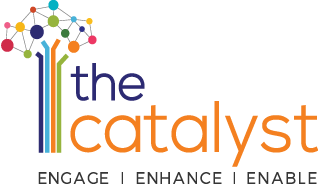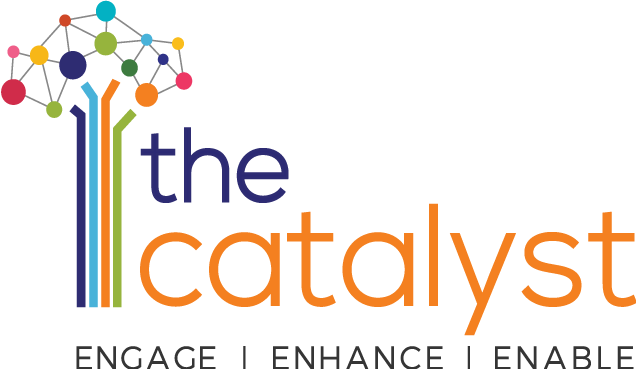As a corporate trainer, I was often required to conduct trainings at various client sites. One such training deployment required me to work at the client location for almost 2 years allowing very little time for visits to my parent organization or for connection with my team.
Over a period, I was completely cut off from the everyday happenings and developments at my home ground. 2 years on, when I completed by training stint and reported back to my team, I felt awkward and uncomfortable. Things had moved on; relationship dynamics had undergone a change and friendships had evolved. Despite how much I had prepared myself for a change in atmosphere, I was taken aback by how we had grown apart as individuals.
While home coming was fun, I was unable to re-establish the level of comfort, trust and camaraderie that we once shared. 2 months later, I moved on to a different organization after almost 8 years of serving that company.
Proximity Bias
When I first came across the term Proximity Bias, the above experience was what came to my mind. Proximity bias as defined by BBC, is “an unconscious – and unwise tendency to give preferential treatment to those in immediate vicinity”. Simply put, you can say, it is the opposite of “Out of sight is out of mind”.
The relevance of this term has become significant with an evolving work culture that calls for virtual teams and hybrid work environment. While it is only natural for us to grow individually and independently as time goes by, it is also vital that we grow together as a team. This requires effort and mindful conversations that become natural over time.
Proximity Bias Leading to Accidental Favouritism
We tend to be instinctively more aligned and empathetic to people who are physically present and are near us. Thus, unconsciously leading us to extend a halo effect, while (unconsciously) creating a disadvantage to those who are located farther from us.
Virtual connection makes it challenging to accurately gauge the skills and expertise of those with whom we have lesser contact, hence leading to accidental favouritism. Long-term favouritism like this can break trust and impact productivity.
Accidental Favouritism: This term is coined by the article on work life, BBC when referring to the bias we may extend to our colleagues and friends at close proximity with us. The article says “Proximity bias, like any bias, is a natural instinct. It’s an evolutionary part of our cognitive decision-making process that we’ve used for generations as a mental shortcut to prioritise what feels safest. Yet “that prioritisation of safety doesn’t always lead to accurate judgements”, explains Ali Shalfrooshan, a UK-based occupational psychologist at workplace-solutions provider PSI Services. Instead, we end up making decisions based on biases rather than knowledge or data.”
While it is just natural that we feel comfortable with those at closer proximity with us, there are a few things that could help us become more inclusive when dealing with colleagues farther away from us.
Establishing a Level Playing Field
The need to acknowledge proximity bias as a communication gap that needs bridging is vital. It is important to look at ways that make workplace conversations functional and constructive.
Changing methodologies used in connecting with teams may be helpful. This might even mean running virtual meetings for employees, even if half of the participants are in the office, in order to create a level playing field where everyone feels included.
Addressing the emotional element at work: This can mean having open and honest conversations about what’s working and what’s not in the hybrid office and providing space for people to talk openly about their frustrations at work.
Levelling the playing field by embracing a new workplace model at all levels of the business. All employees should work in hybrid schedules in order to eliminate any stigma from working from home and to send a message that remote work is valid and valued.
While we can all broadly agree that experimenting with the hybrid working model is a one-time opportunity and a boon for many employees, there are also inherent challenges that needs acknowledgement and strategic planning to be addressed.








Leave a Reply
Your email is safe with us.
You must be logged in to post a comment.